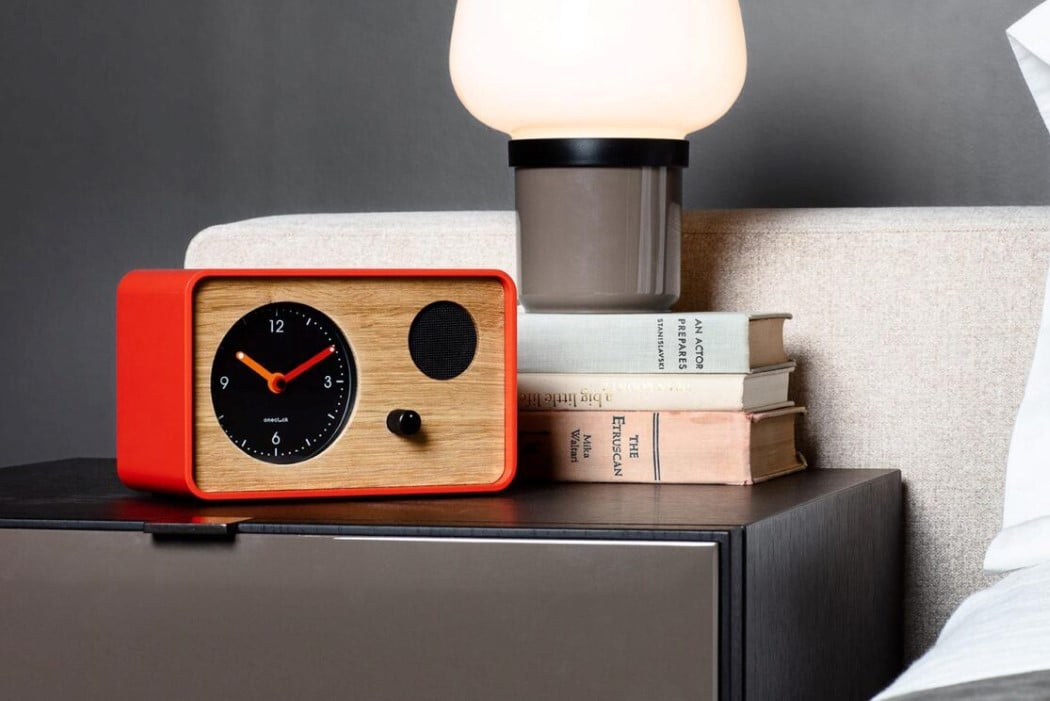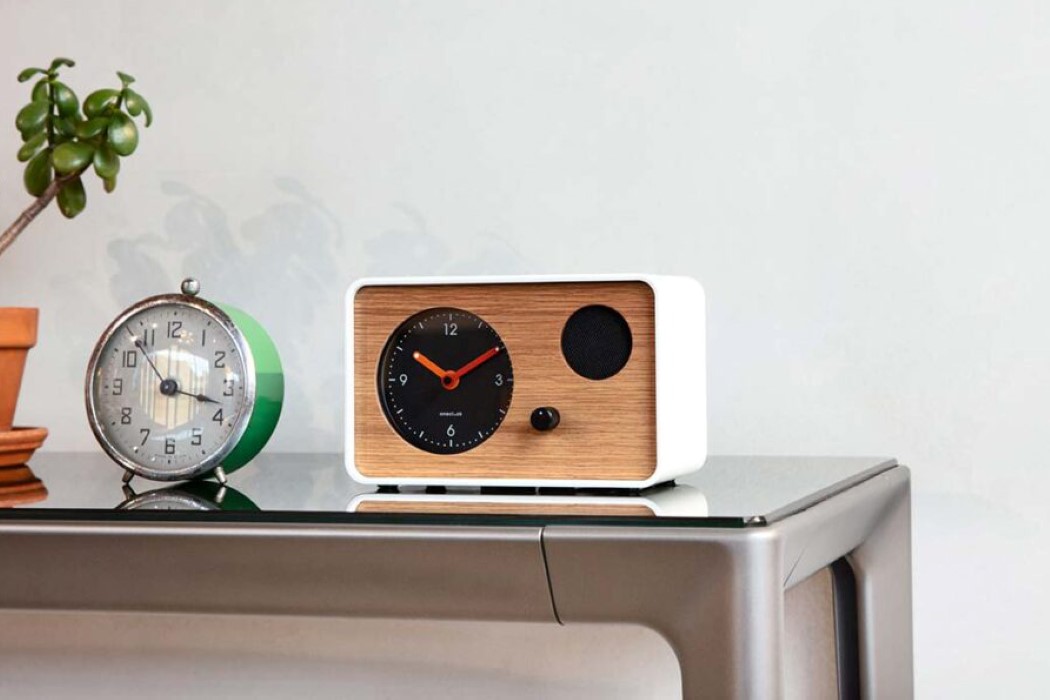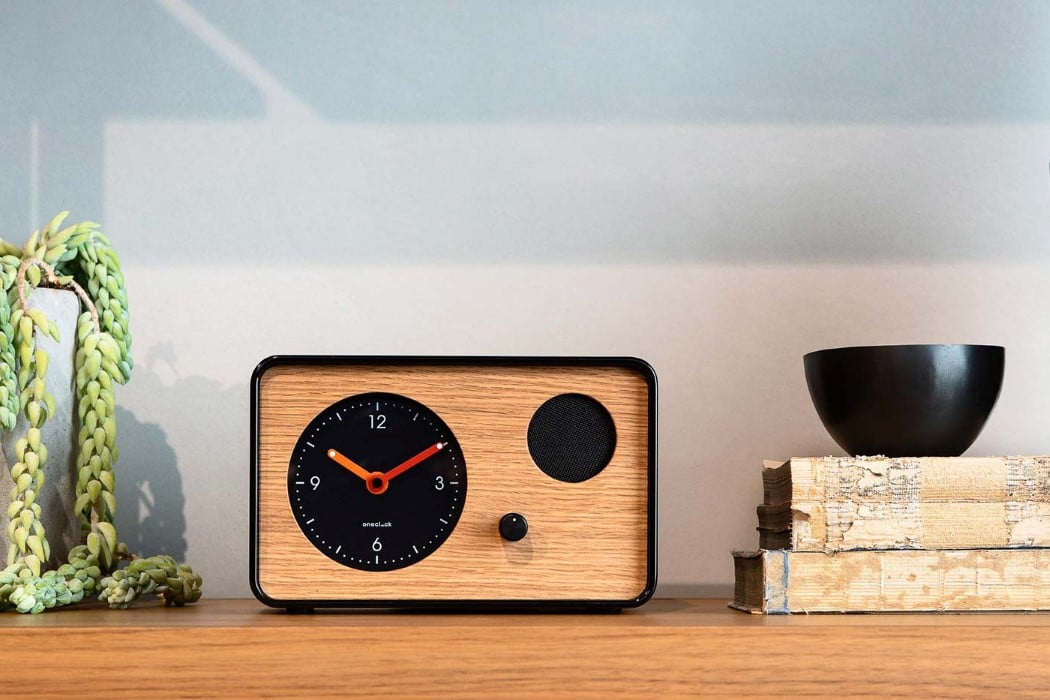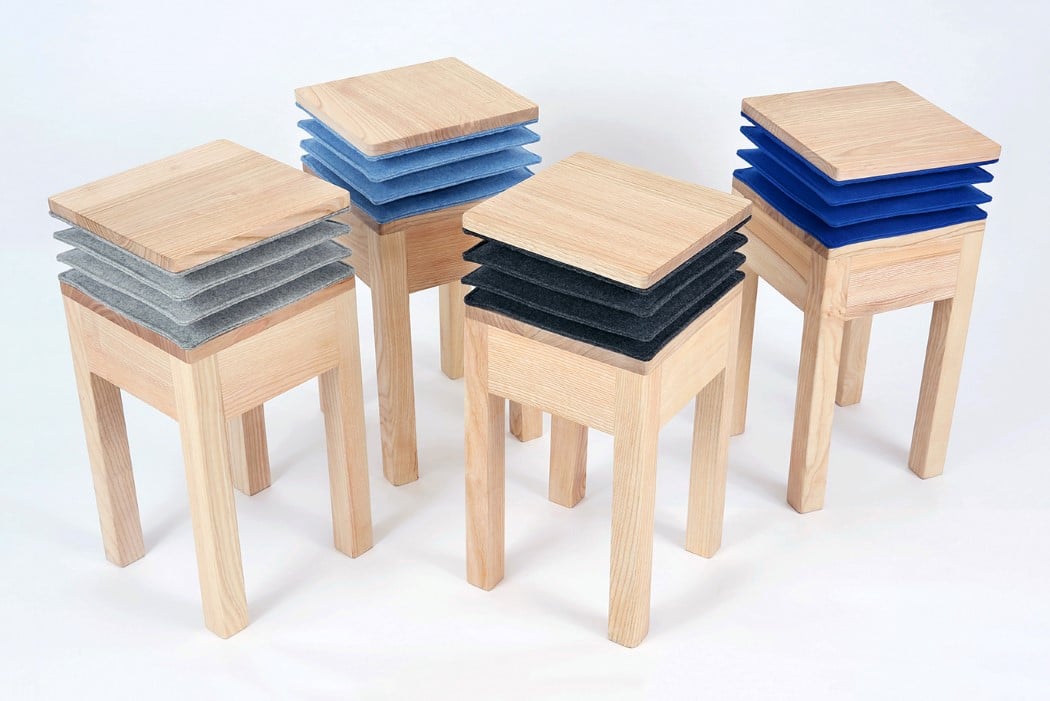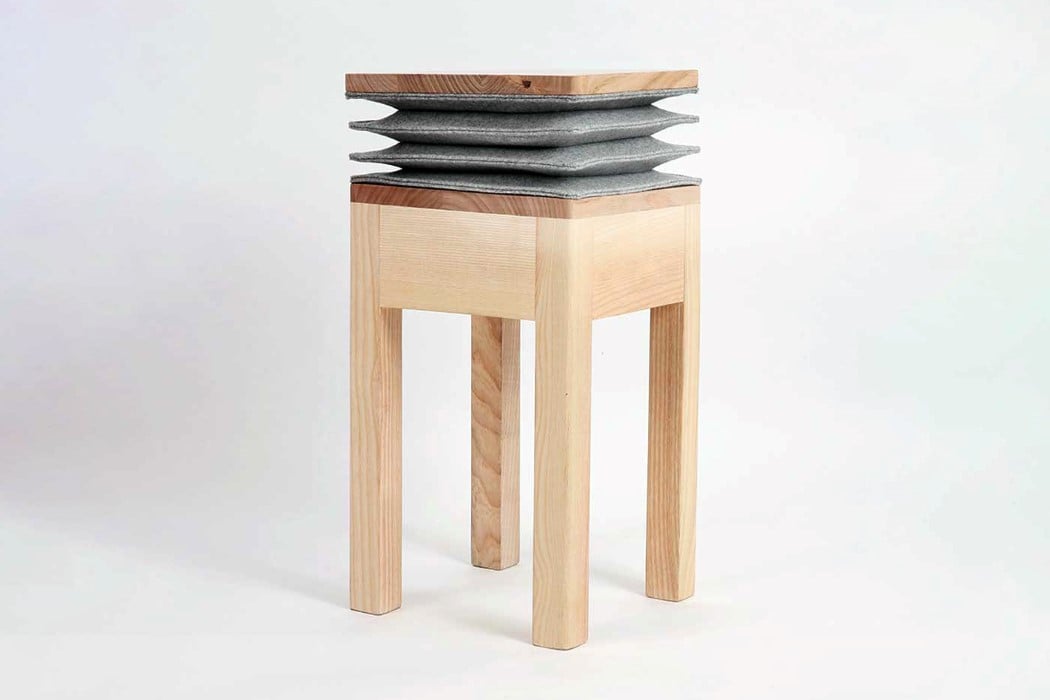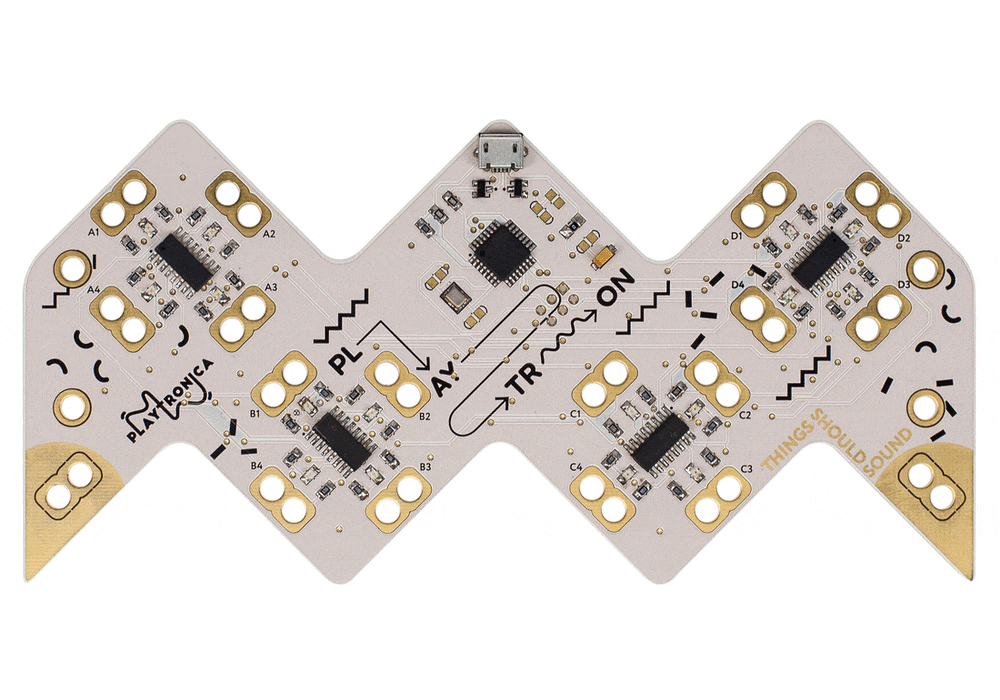If you are a musician, you may have already imagined building a custom instrument at one point in your career. It is not an easy dream because musical instruments are constructed around a precise form and accurate controls to produce the desired sound. You might be able to create a working version, but it will not be as good as the one made by professionals. Yet, this does not mean you cannot think outside the box, as the Wood Bugle Cube shows. The custom-made instrument comes in an unconventional shape but delivers the same sounds and functionality as a real bugle.
Designer: Henry Hanson
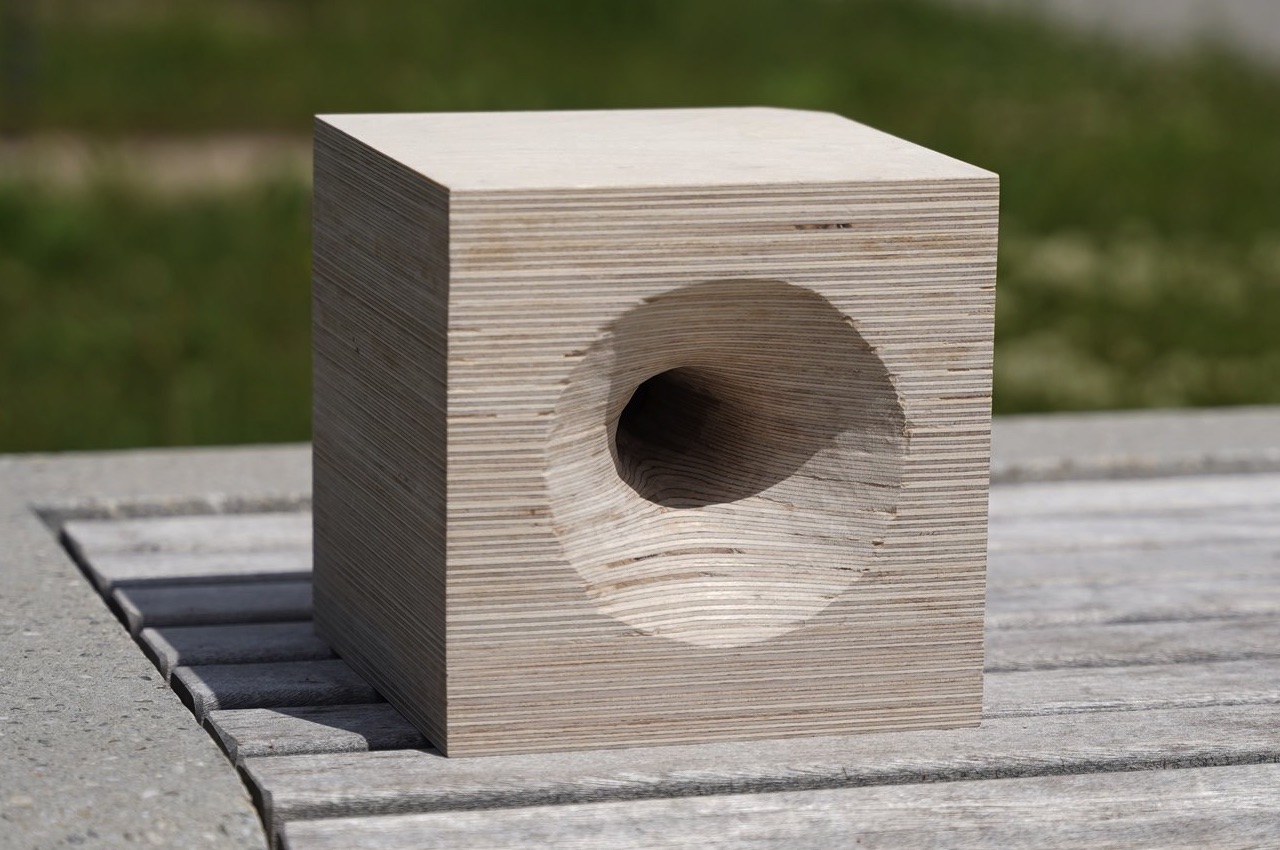
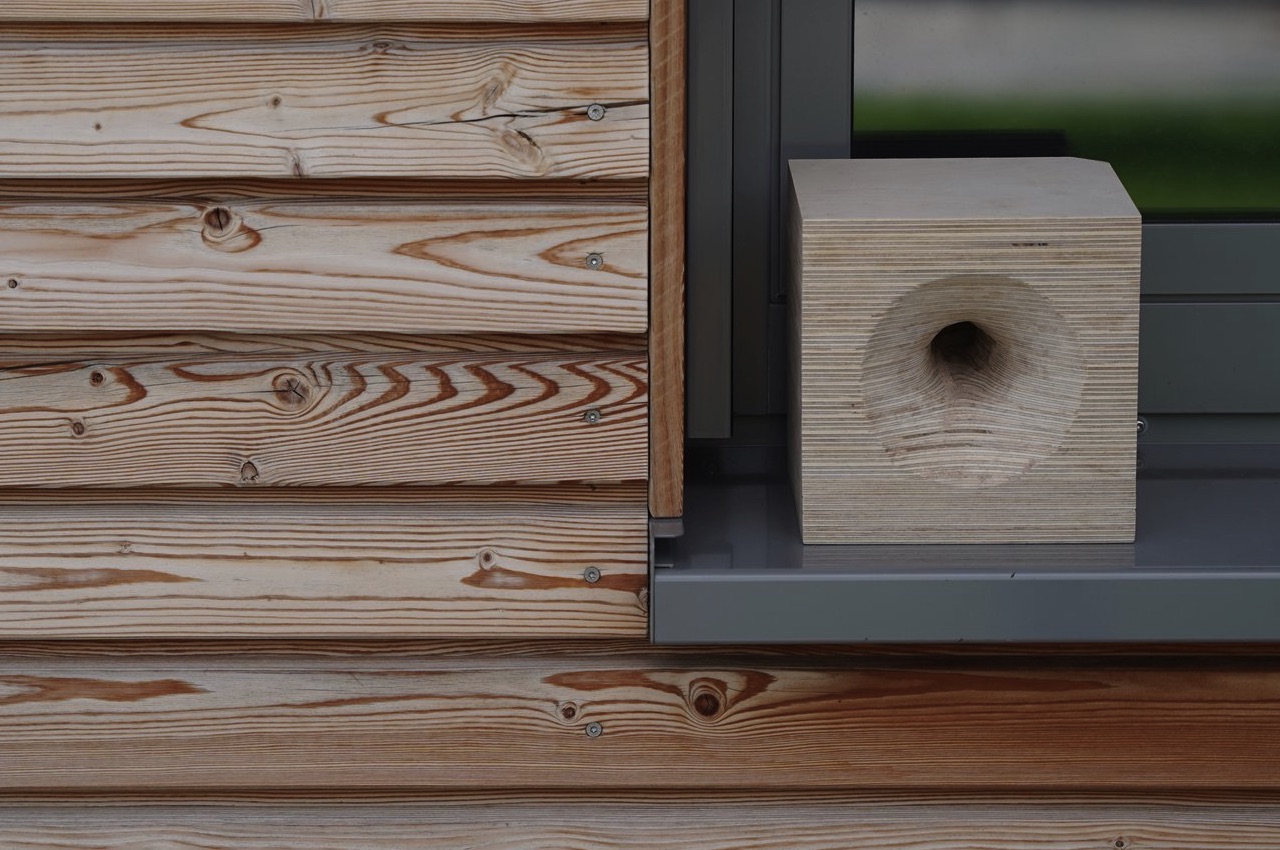
A bugle is a trumpet-like brass instrument often used for sending military signals. It is typically designed without a valve or other parts for pitch control. The Wood Bugle Cube is a similar instrument in an unusual form for a musical device. This project by Henry Hanson is a follow-up to his previous one called the Concrete Trumpet, which is a similar-sounding object in an unorthodox design.
The Wood Bugle Cube looks like another portable, wireless speaker you could bring outdoors. It has the same function as the Concrete Trumpet but is different in its look and construction. The wooden model evokes a more natural, homey, and warm feeling. In contrast, the Concrete Trumpet offers a more elegant mood.
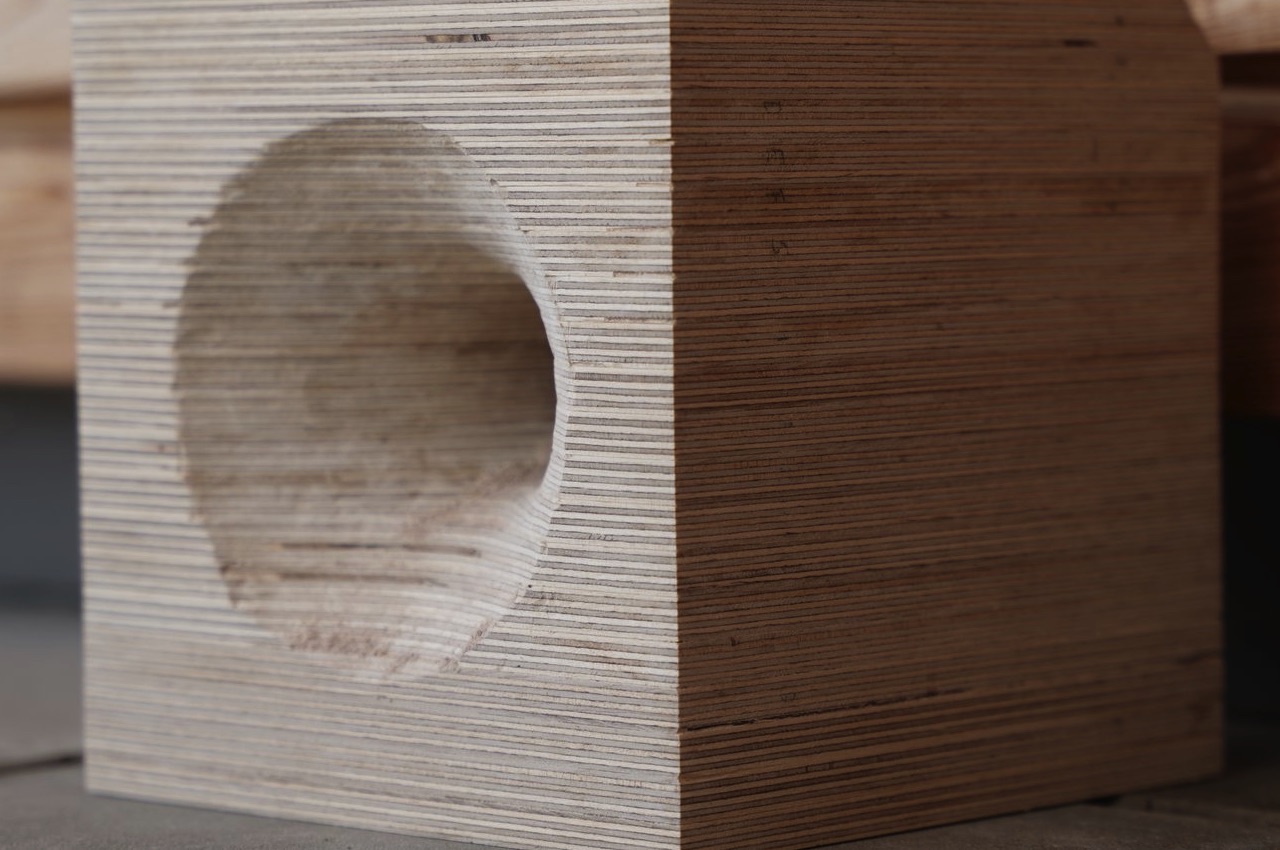
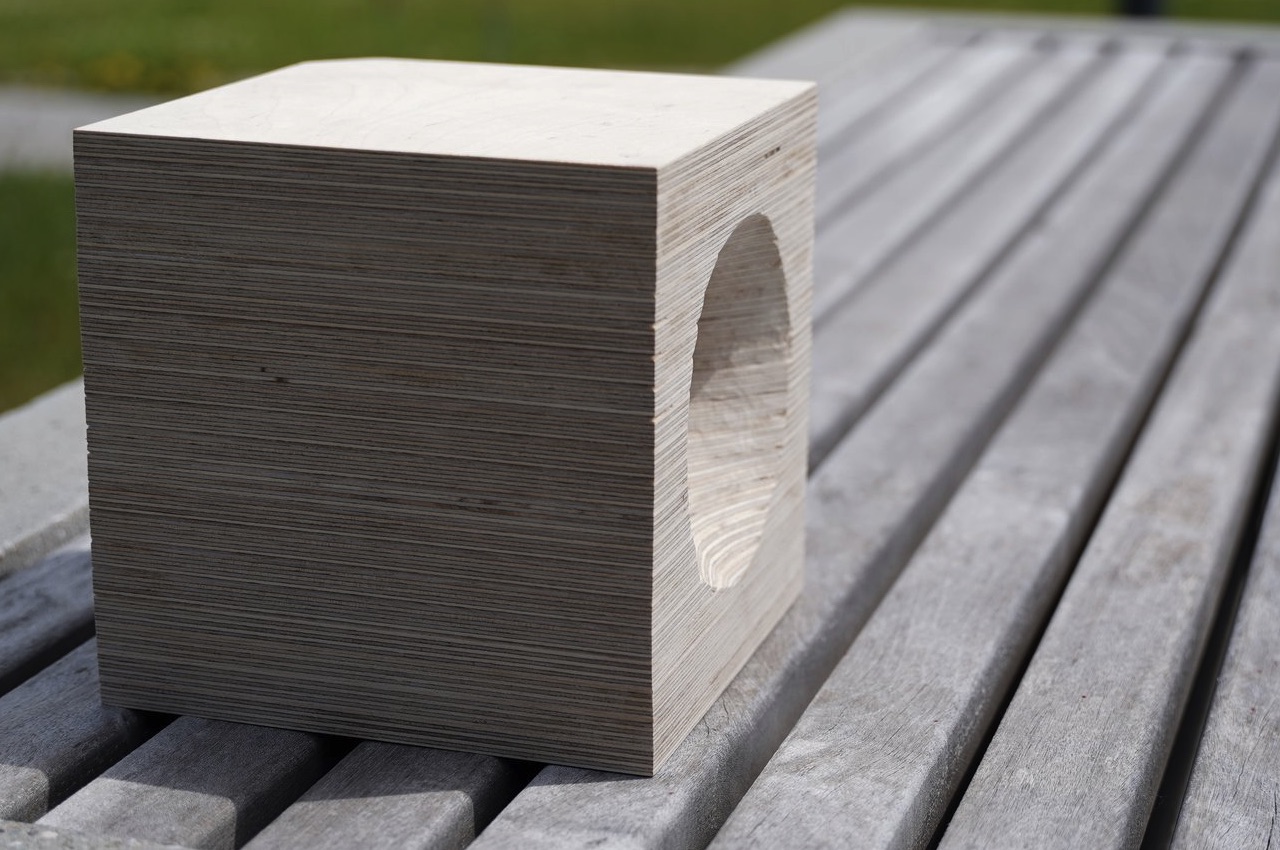
The Wood Bugle Cube is a functional instrument housed in a stack of 20 layers of squares of 9mm-thick birch plywood. Each layer is carved according to tracing lines determined by the same CAD model used for the concrete version. The cut squares are grouped for sanding to keep the insides smooth. The layers are then glued with a sealant to create a more solid structure and better moisture resistance.

Like most brass instruments, the sound is made by blowing air into the mouthpiece at one corner of the Wood Bugle Cube. The act causes the lips to vibrate and control the air traveling through the instrument. This Wood Bugle produces similar, yet softer and warmer sounds compared to a brass bugle or trumpet.


This Wood Bugle Cube is made of a medium that is not usually used for brass instruments. However, it still offers the same desired experience as a trumpet without looking like one. The sound it produces is not as refined but just enough to make a signal be heard. The tedious process of making the musical instrument gives it a unique personality, and the meticulous work of the creator put into this is something to be admired.
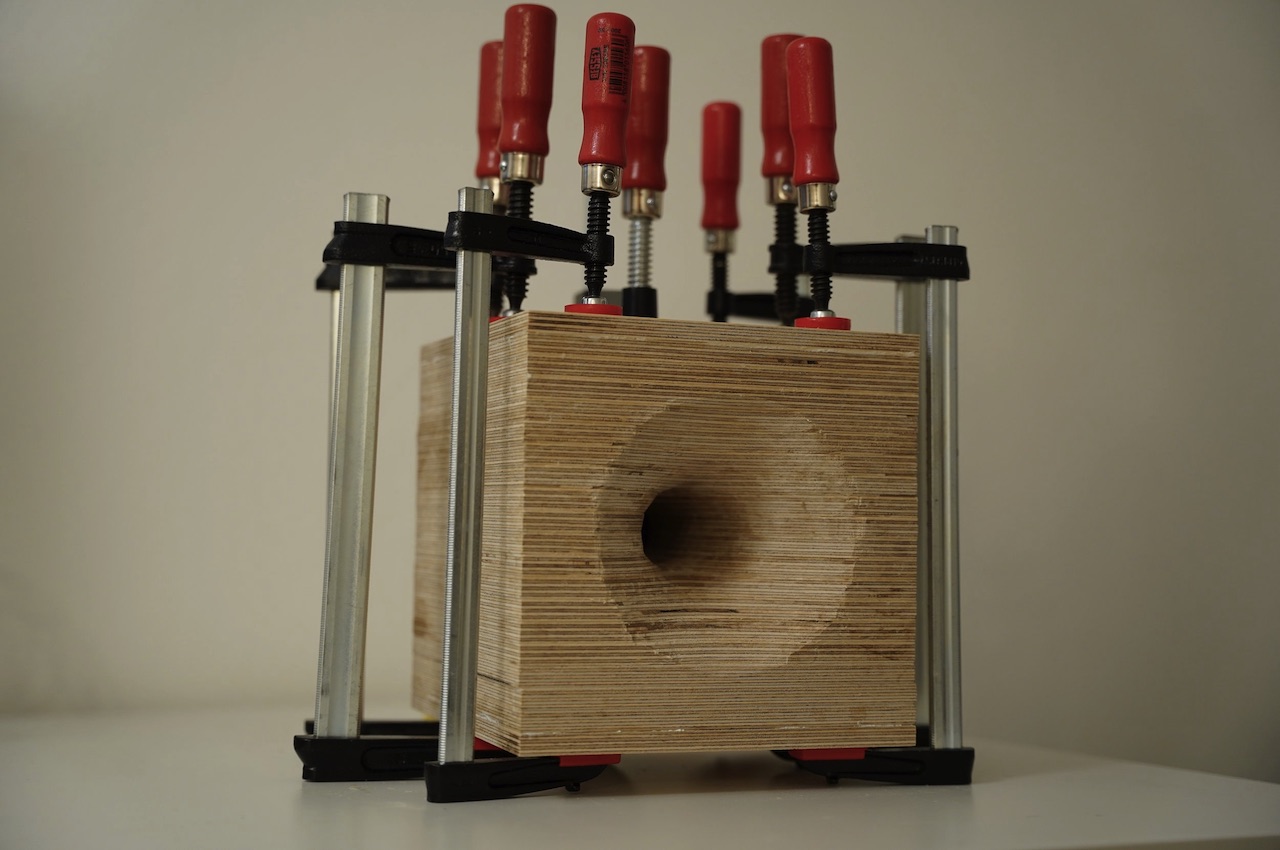
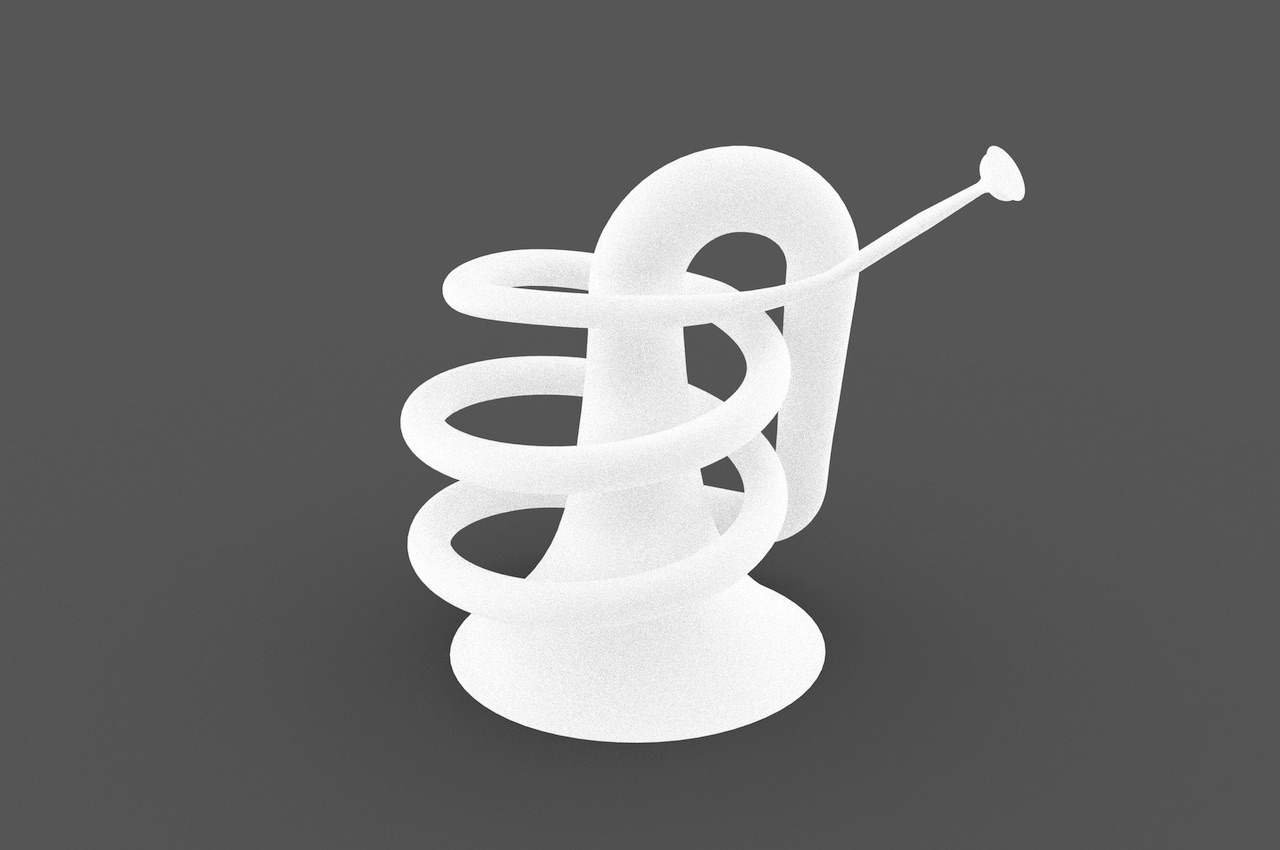
The post Wood Bugle Cube comes with layers of hand-carved birch plywood to produce sound first appeared on Yanko Design.
